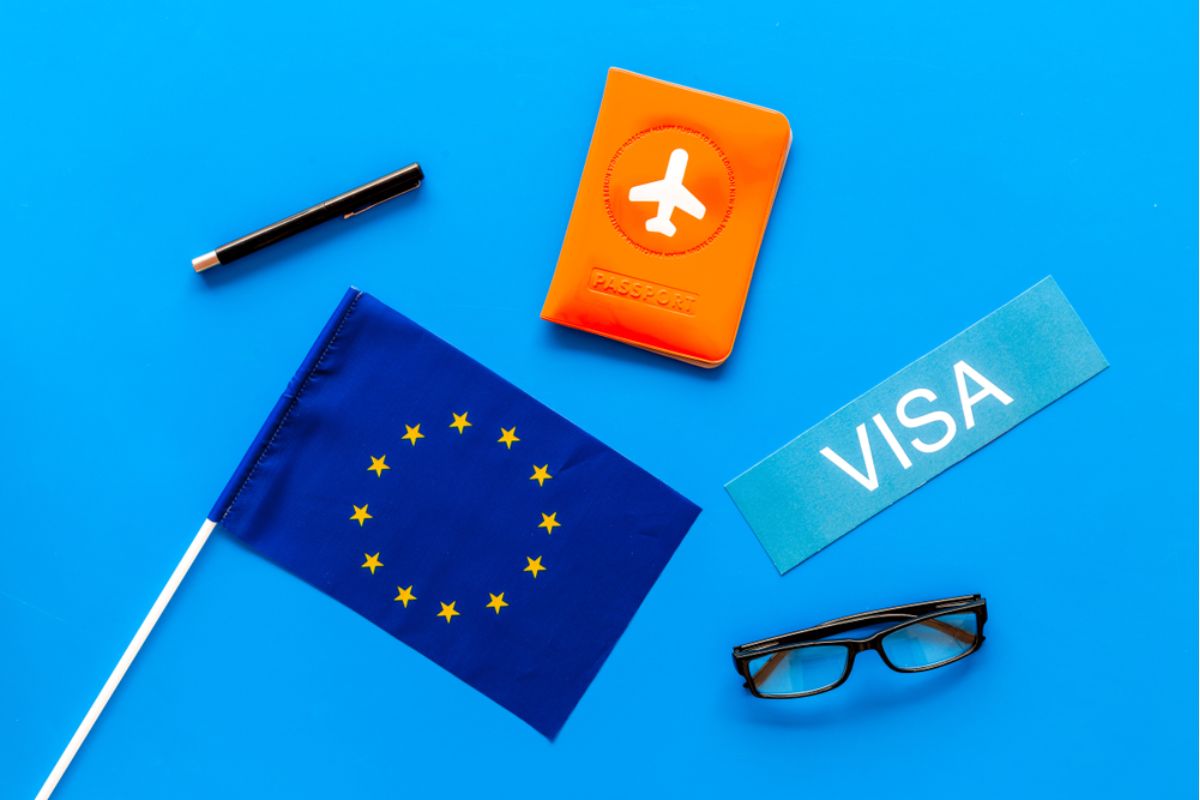Summer’s arrival ignites wanderlust in many, with Europe’s Schengen Area a popular destination. However, confusion often surrounds single-entry Schengen visas, leaving travellers unsure about visiting multiple countries.
Visa Confusion Alert!
Google searches for single-entry Schengen visa validity have skyrocketed by 5,000%! This surge highlights the confusion surrounding these visas. Unlike their name suggests, they don’t restrict you to just one Schengen country.
However, travellers often miss this key detail, leading to worries about multiple visits within the visa’s validity period.
This guide aims to clear up these misconceptions and empower you to confidently navigate Schengen Area travel with a single-entry visa.
What is a Single-Entry Schengen Visa?
Just as the name implies, A single-entry Schengen visa allows travellers to enter the Schengen Area only once during its validity period, typically for up to 90 days within a 180-day timeframe. Once the visa holder exits the Schengen Area, the visa becomes invalid, necessitating a new application for re-entry.
Can I Visit Multiple Schengen Countries with a Single-Entry Visa?
The good news: Yes! Holding a single-entry visa for a specific Schengen country allows entry to any Schengen member state. Once inside the Schengen Area, you can freely travel between member countries without additional visas, as long as your total stay doesn’t exceed 90 days within 180 days.
Also Read: Navigating Schengen Visa Processing Time in India: A Complete Guide
Important Note: Exit Invalidates the Visa
A crucial point to remember: a single-entry visa becomes invalid immediately upon exiting the Schengen Area. This means trips spread across different periods require a new visa application for each entry.
Who Decides Between Single- or Multiple-Entry Visas?
While applicants may express a preference for a particular visa type, the ultimate decision rests with the embassies. Instances abound where applicants, anticipating a multiple-entry visa, find themselves issued with a single-entry variant, and vice versa.
Potential Schengen Visa Fee Increase
In a proposed move by the European Union Commission, the current €80 fee for Schengen visas could face a 12% increase. If implemented, prospective travellers may find themselves paying €90 for visa applications in the future.
However, it’s worth noting that nationals of countries with visa facilitation agreements will remain exempt from this adjustment.
Also Read: The Ultimate Guide to the 5-Year Multiple-Entry Schengen Visa
Planning a Multi-Country Schengen Trip?
If your itinerary involves multiple entries or exceeds the 90-day limit, consider applying for a multiple-entry Schengen visa. Ensure your travel plans align with the visa validity period granted.
Remember: Single-entry visas offer flexibility for exploring various Schengen countries within a single trip, but plan your itinerary carefully to avoid exceeding the visa’s limitations.
Follow and connect with us on Facebook, Twitter, LinkedIn, Instagram and Google News for the latest travel news and updates!





